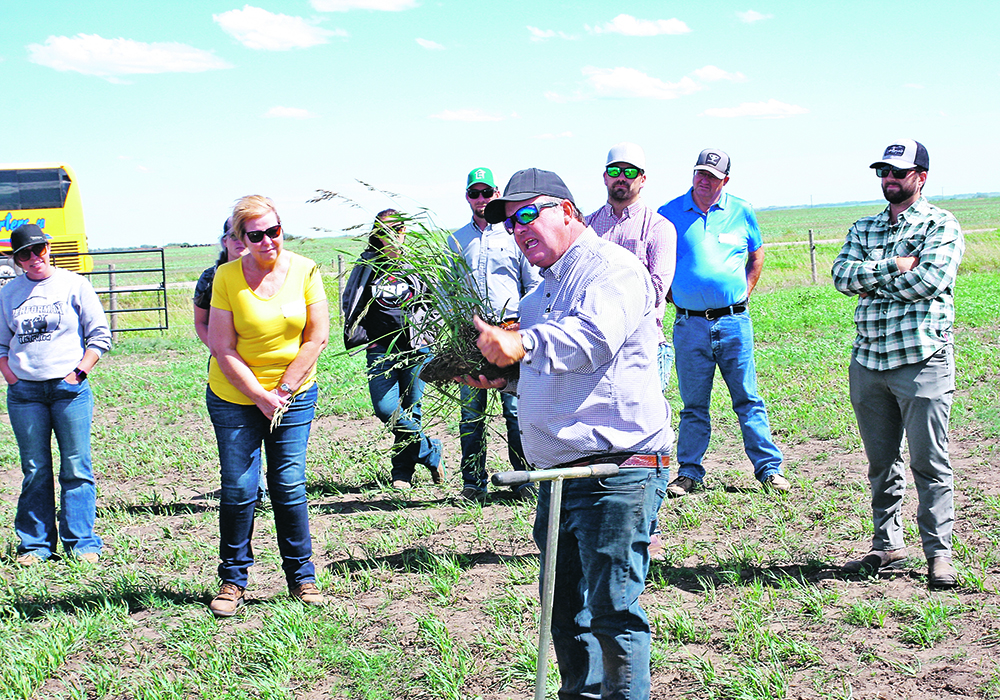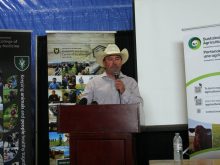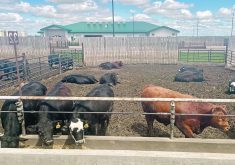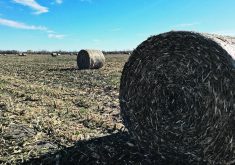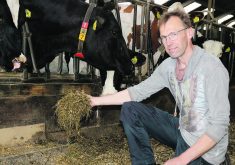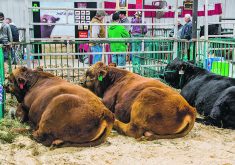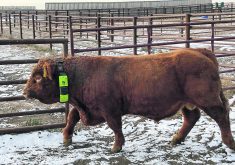Livestock producers are advised to vary their application rates over knolls and hollows and have patience for success
Jeff Schoenau has a message for livestock producers who want to get maximum benefit from applying manure to fields and pastures:
“Keep that manure. Keep that manure out of the slough,” he said.
Schoenau is a professor of soil fertility at the University of Saskatchewan and professional agrologist. He was presenting the results of a five-year study at the Livestock and Forage Centre of Excellence Field Day near Saskatoon on June 20.
Precision application may not come immediately to mind when it comes to managing cattle manure, but Schoenau said it shows benefits for crops and the environment.
Read Also

Manitoba extends Crown land rent freeze
Manitoba government links the continued rental rate freeze on grazing and forage leases to economic and environmental challenges facing the industry
The researchers put the most manure on the knolls of the test fields and put none in the hollows. Throughout, they were careful to allow enough setback from the water to keep nutrients, particularly phosphorous, from migrating into the sloughs with the rain. Rate of application was dialed in to the needs of the barley crop, with some supplemental synthetic nitrogen fertilizer. No phosphorus or potassium was added.
Over the years of the study, the researchers observed a smoothing out of yields among the knolls and hollows as the forages drew down excess nutrients in the low spots and the manure broke down and enriched the soil on the hilltops.
The variable rate approach also showed environmental benefits, with reduced nitrogen and phosphorus runoff and elimination of microbial contamination from fecal coliforms.
Schoenau said fertilizing with manure is a multi-year affair, both in terms of nutrients coming available as the material decomposes and carbon is left behind.
“After four or five years, manure nitrogen started to come out,” he said. “Fifteen years… cattle manure increases carbon storage in the soil.”
To enhance forage field productivity, Schoenau said a mix of perennial grasses with their big, deep root systems and a legume such as alfalfa or cicer milkvetch to provide nitrogen is ideal.
“What really makes a forage system tick is to have that legume in there,” he said.
Sod seeding with a legume and grass seed mix can rejuvenate “old, tired 30 or 40-year-old pastures.”
Schoenau has tried more radical treatments on his own land near Central Butte, Sask., where he conducts research projects. He moved topsoil from the hollows to the eroded tops of knolls. He said prairie soils have been built up over the last 10,000 years since the last ice age but they are only a few inches thick. Agricultural practices have exposed the soils to rains and erosion. This exercise was designed to turn the clock back to see what insights might be gained.
“The best yields were from the topsoil replacement. Manure was a close second,” he said.
As for application, a lot of nutrients, especially nitrogen, can be lost in cattle pens, so manure should be composted to preserve its nutrient value. The natural method with in-field swath or bale grazing is also effective.
“You need to compost it,” Schoenau said. “Or you can have the cattle in the field do the work for you.”

